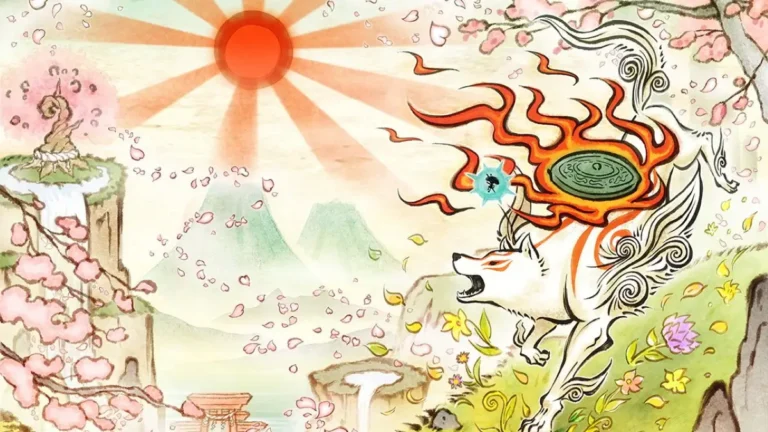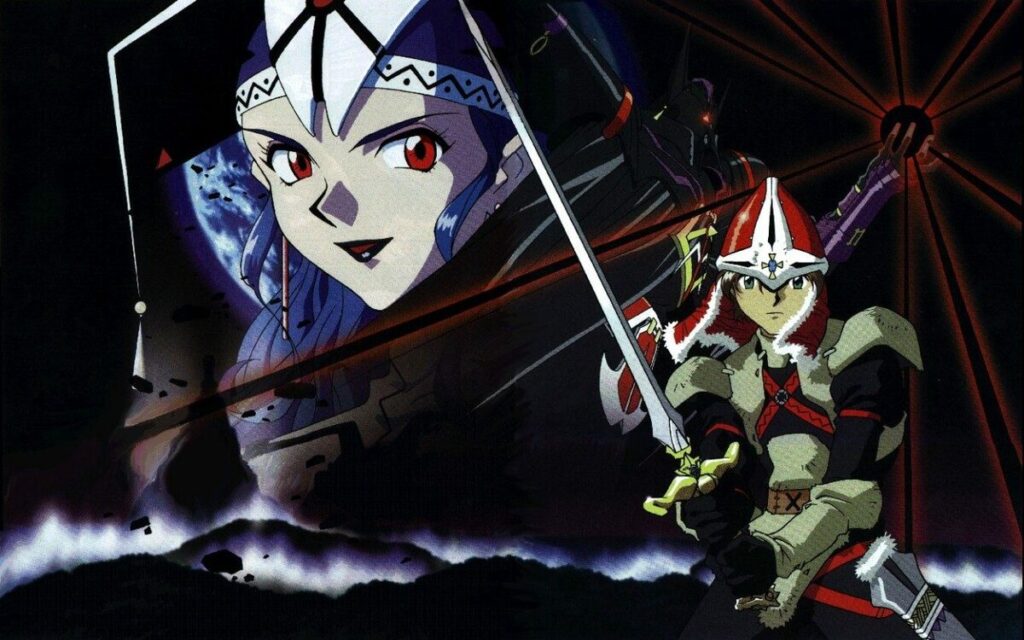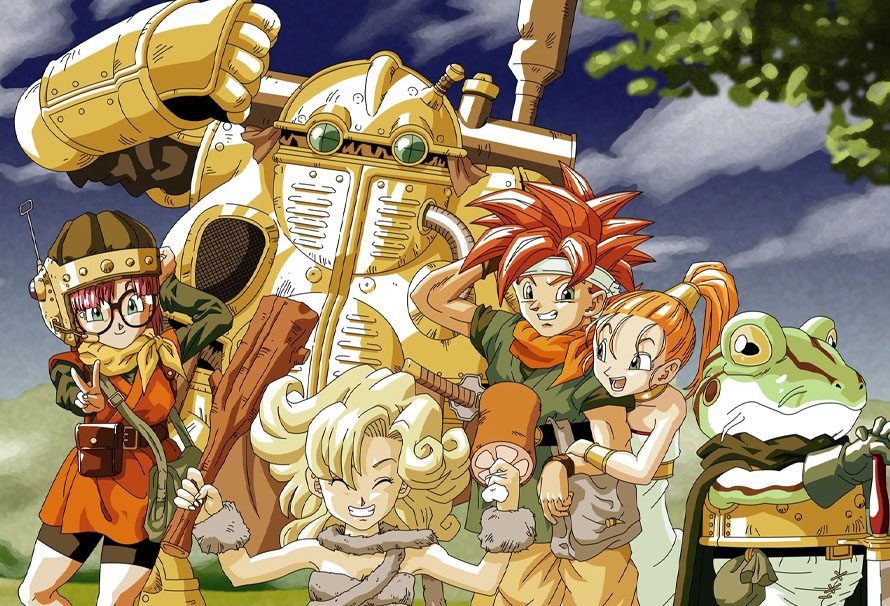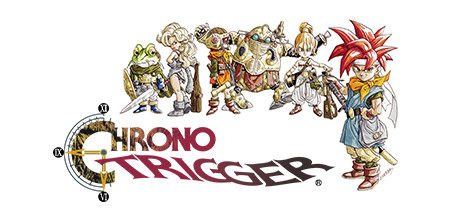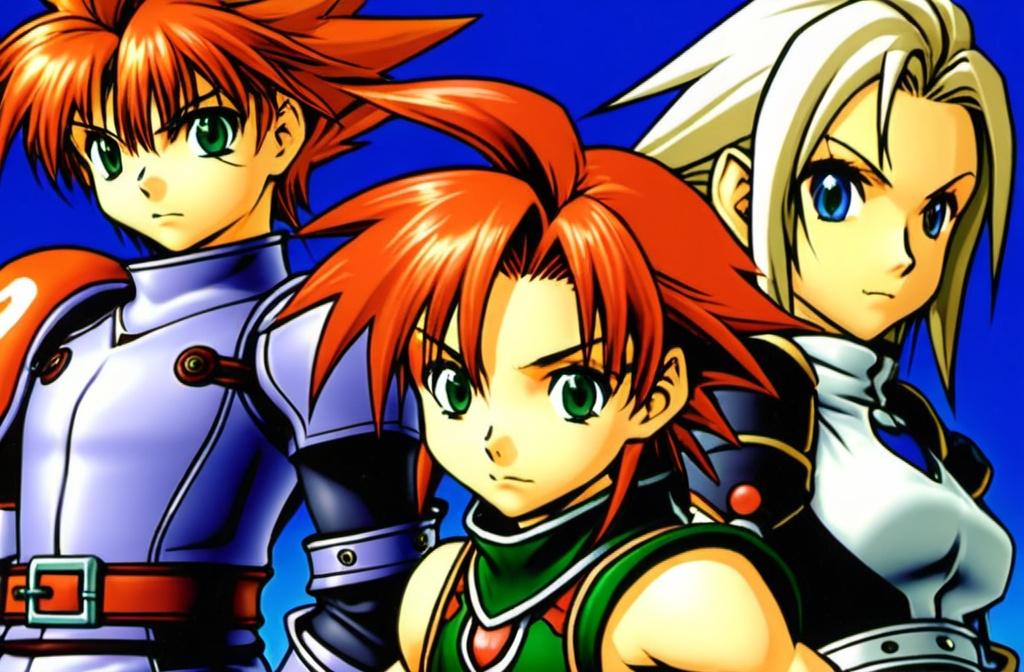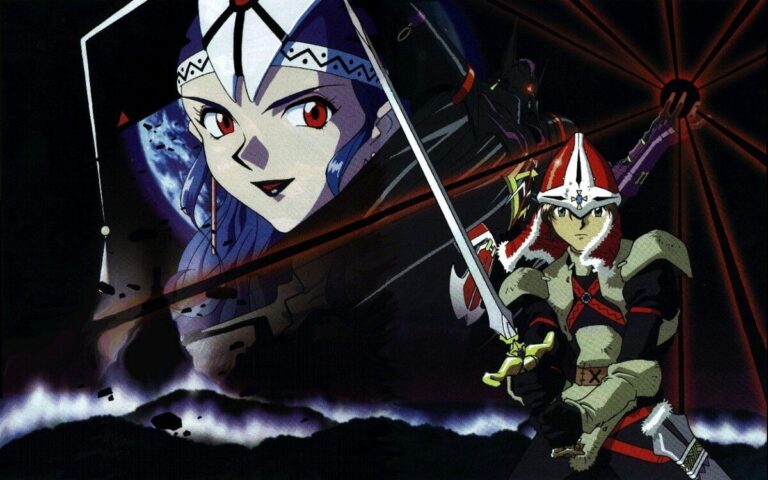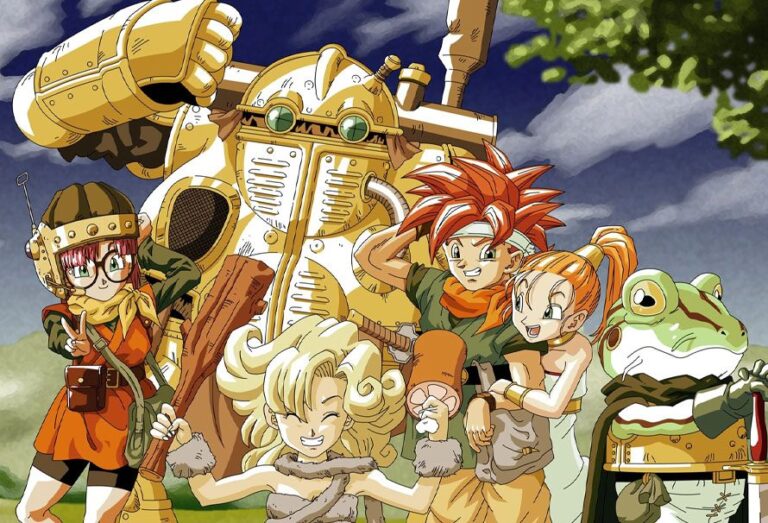Game data not found.
Story
Hang-On, developed by Sega and released in 1985, is primarily an arcade racing game that does not follow a traditional narrative structure. Unlike many contemporary video games that emphasize story-driven content, Hang-On focuses entirely on the thrill and experience of motorcycle racing. The player’s objective is simple: to race against the clock and complete each stage before time runs out. As a pioneer in its genre, Hang-On centers around pure arcade excitement rather than storytelling. This choice reflects the era’s gaming culture, where the primary goal was to achieve high scores and master the game’s mechanics.
Gameplay
Hang-On’s gameplay is defined by its simplicity and the innovative use of technology that was groundbreaking at the time. As a motorcycle racing simulator, the game places players in control of a superbike, challenging them to navigate a series of winding tracks within a time limit. The game’s controls are intuitive yet demanding, requiring precision and speed from the player.
Control Mechanics
The game was renowned for its unique arcade cabinet, which featured a replica motorcycle that players could lean into turns. This physical interaction provided an immersive experience, allowing players to feel as though they were on a real racing track. The motorcycle controller was a revolutionary addition that set Hang-On apart from other racing games of its time.
Race Dynamics
Players must race against the clock, with each completed section adding valuable seconds to the timer. The game features five distinct stages, each with increasing difficulty and complexity. The challenge lies in mastering the art of cornering and maintaining maximum speed without crashing, as collisions with other riders or road boundaries result in lost time.
Progression and Difficulty
With each progressing stage, the tracks become more challenging, featuring tighter corners and more aggressive AI opponents. The game demands not only quick reflexes but also strategic thinking to anticipate turns and manage speed. While the gameplay is straightforward, the difficulty increases sharply, making Hang-On a test of skill and endurance.
Graphics and Sound
Hang-On’s graphics were pioneering for its time, showcasing Sega’s ability to push the boundaries of arcade technology. The game utilized pseudo-3D sprite-based graphics, creating a convincing sense of depth and speed as players raced through various scenic backgrounds.
Visual Design
The game’s visual style is vibrant and colorful, with well-rendered motorcycles and tracks that convey a sense of motion and excitement. The backgrounds transition smoothly, enhancing the sensation of racing through different environments, from cityscapes to countryside roads.
Audio Experience
The sound design in Hang-On complements its fast-paced gameplay. The roaring engine of the motorcycle, the screech of tires on asphalt, and the adrenaline-pumping soundtrack all contribute to the immersive racing experience. The audio cues are crucial for gameplay, helping players anticipate turns and navigate the tracks effectively.
Legacy and Reception
Hang-On’s impact on the gaming industry was profound, establishing a foundation for future racing games and cementing Sega’s reputation as a leader in arcade innovation.
Innovative Contributions
- Hang-On was one of the first arcade games to feature a fully interactive motorcycle cabinet, setting a new standard for immersive gameplay.
- The game’s pseudo-3D graphics paved the way for future racing games, influencing titles that would follow in its footsteps.
- It introduced a successful formula of time-based racing, which became a staple in the genre.
Reception and Influence
The game was widely praised for its innovative approach and technical achievements. It was a commercial success, drawing players to arcades worldwide and inspiring numerous sequels and spin-offs. Hang-On’s influence extended beyond the arcade, impacting home console racing games and contributing to the evolution of the genre.
Conclusion
Hang-On is a landmark title in video game history, celebrated for its groundbreaking use of technology and its role in shaping the racing genre. Its legacy is evident in the many racing games that have followed, each building upon the foundation laid by Sega’s innovative design. While it may not offer a complex narrative or modern graphics, Hang-On’s pure arcade experience and pioneering spirit continue to resonate with gamers and developers alike. This classic game remains a testament to the power of innovation and the enduring appeal of speed and competition in video gaming.


